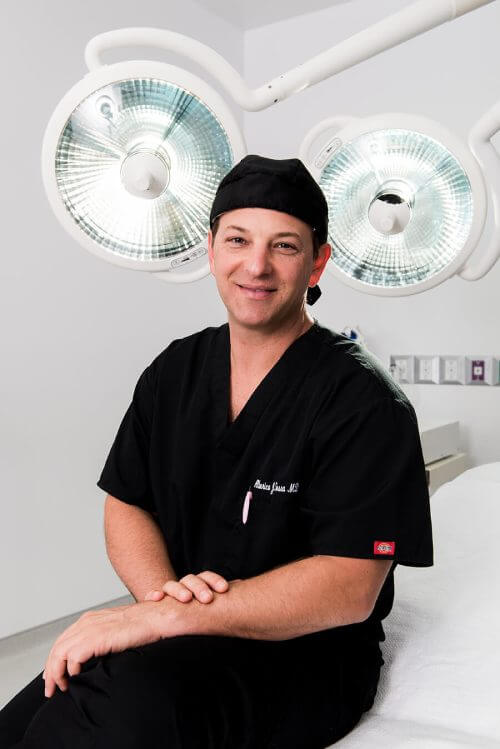Pregnancy is a beautiful and transformative experience. The body goes through several changes that will permanently alter certain parts of the body and a woman’s physiology. Weight gain and expansion of the abdomen are necessary to facilitate a healthy pregnancy. The amount of weight gain that occurs will depend on several factors such as genetics, a woman’s medical history, and the size of the baby, among other factors.
Many women will not have a flat tummy immediately after giving birth. This is perfectly normal. The body needs time to heal after pregnancy and birth, regardless of the method. The timeline for getting back to a flat tummy after pregnancy will vary between patients, but patients need to be patient and understand that it can take time—sometimes even years—to get back to a flat tummy.
Here are some of the top tips for a flat tummy tuck after pregnancy:
#1: Follow Your Doctor’s Recovery Instructions
As previously mentioned, your body needs to heal. Whether you gave birth vaginally or via C-section, some stitching may likely have been necessary. Additionally, the hips and lower body expand significantly to give birth. This can cause injury or damage that will heal over time. Usually, patients can get back to their full routines in six to eight weeks, but this will depend on various factors.
Taking the time to heal is important and not following your doctor’s instructions can cause further injury which can prolong healing and make it harder to achieve a flat tummy post-pregnancy.
#2: Perform Gentle Core Exercises
Once cleared by your doctor, patients can start performing gentle pelvic floor and core exercises. Kegels, pelvic tilts, and diaphragmatic breathing can all help keep your core strong. Patients should avoid planks and crunches because if diastasis recti is present, these exercises can worsen it.
#3: Maintain A Nutritious Diet
If you are breastfeeding, it is important to eat well and not deprive yourself of food or nutrients. Therefore, most traditional diets are not ideal immediately after pregnancy. Focus on nutrient-dense foods such as fruits, vegetables, whole grains, and lean protein. Avoid sugary foods and empty calories. This supports milk production and a flatter tummy after pregnancy.
#4: Focus On Full-Body Workouts
Walking, strength training, and compound movements are all great post-pregnancy. Not only are they helpful for overall health and well-being, but they can help shed off some of the extra weight put on during pregnancy. These exercises can also help build muscle back up and may support the repair of your abdominal muscles.
#5: Know When To Seek Medical Intervention
Diastasis recti—the separation of the abdominal muscles—is extremely common after pregnancy. Mild cases may resolve on their own and some may respond to gentle core exercises and workouts. However, sometimes, especially after multiple pregnancies, it may be difficult or impossible to repair without surgery. A tummy tuck can repair diastasis recti and remove excess skin left behind by pregnancy.
Conclusion
Dr. Alberico Sessa of Sarasota Surgical Arts is a renowned cosmetic surgeon with decades of experience helping women reclaim their bodies after having children. Whether you need muscle repair and skin removal or stubborn spots of fat removed, Dr. Sessa can craft a customized plan to help you achieve a flatter tummy after pregnancy.





